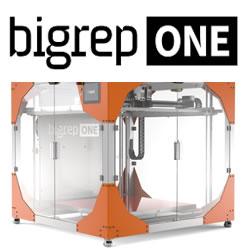Robots won't kill the workforce. They'll save the global economy.
 Ruchir Sharma for The Washington Post: The United Nations forecasts that the global population will rise from 7.3 billion to nearly 10 billion by 2050, a big number that often prompts warnings about overpopulation. Some have come from neo-Malthusians, who fear that population growth will outstrip the food supply, leaving a hungry planet. Others appear in the tirades of anti-immigrant populists, invoking the specter of a rising tide of humanity as cause to slam borders shut. Still others inspire a chorus of neo-Luddites, who fear that the “rise of the robots” is rapidly making human workers obsolete, a threat all the more alarming if the human population is exploding.
Ruchir Sharma for The Washington Post: The United Nations forecasts that the global population will rise from 7.3 billion to nearly 10 billion by 2050, a big number that often prompts warnings about overpopulation. Some have come from neo-Malthusians, who fear that population growth will outstrip the food supply, leaving a hungry planet. Others appear in the tirades of anti-immigrant populists, invoking the specter of a rising tide of humanity as cause to slam borders shut. Still others inspire a chorus of neo-Luddites, who fear that the “rise of the robots” is rapidly making human workers obsolete, a threat all the more alarming if the human population is exploding.
Before long, though, we’re more likely to treasure robots than to revile them. They may be the one thing that can protect the global economy from the dangers that lie ahead. Cont'd...
Featured Product

